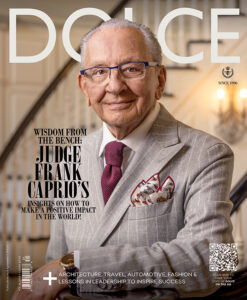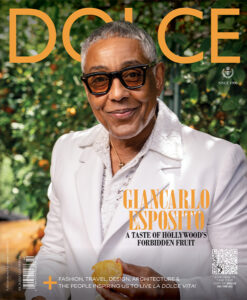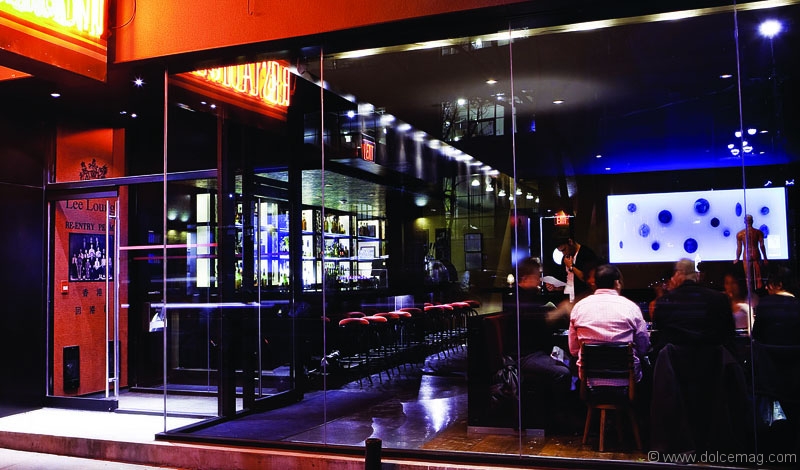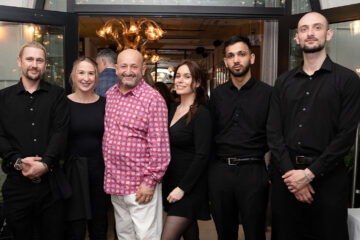So Far, So Good
Since I spend a good deal of my time travelling and cooking, I’m not too pressured to hunt for new ideas or dishes – I usually find them in the local ingredients of the countries that I visit, or through the chefs who are sharing the kitchen with me.
This spring, while I was in Singapore, I had an opportunity to exchange recipes and cooking techniques for five days with chef Michel Sarran, who owns and operates the highly respected Michel Sarran restaurant in Toulouse, France.
I picked up a couple of valuable tips from Michel, especially in the dessert repertoire. Michel is a fan of molecular cuisine, and he taught me a terrific almond-based dessert that is feather-light and has a spectacular colour: we call it the “Jade Madeleine.” In Singapore, Michel and I also improvised a dessert that combined French pastry techniques with the traditional Asian sweet dumpling. We made a crispy Chinese doughnut filled with rum-and- chestnut purée, served with an espresso coffee sauce. It’s a delicious explosion in your mouth!
One recurring observation I made over the last few months, while travelling through North America and Asia, is that dining trends are following global patterns of social activity. People won’t select a restaurant based on the food alone; they’re seeking a complete and integrated experience. Diners are discriminating about the ambience
of the room, the décor and lighting, the quality (and volume!) of music, the table settings, the “buzz” at the bar. Consciously and subconsciously, people want sensory pleasures from their dining environment. They’re looking for a “vibe.”
I’ll be opening a new restaurant called Bent in Toronto sometime this summer, and I’m excited about a new menu concept that I’m calling “Asian bar crudo.” My eldest son, Levi, who has been working with me in the business for two years now, is crazy about seafood, and he’s persuaded me to do more of it.
A raw bar typically serves oysters, but my menu will be more expansive. I’m going to mix and match European and Asian dishes, both seafood and meat. There will be Japanese ceviche and Peruvian sashimi, seafood and beef tartares, carpaccio and bresaola. I learned several wonderful ceviche and escabiche recipes from Miami chef Douglas Rodrigues last year, when he visited Toronto as my guest chef.
This June, my restaurant Lee will be offering a spring menu that concentrates on fresh seasonal ingredients and local produce. There will be my signature watermelon salad, soft-shell crab, and B.C. spotted prawns steamed in the shell to retain their juices, and served with calamansi-chili-soy dip.
My kitchens, both Lee and the new establishment, will focus on health- conscious dishes that are flavourful and light. Recipes that are very buttery and creamy really don’t interest me that much – not because of the extra calories, but because when you’re too full, you cannot taste good cooking.
























































































No Comment